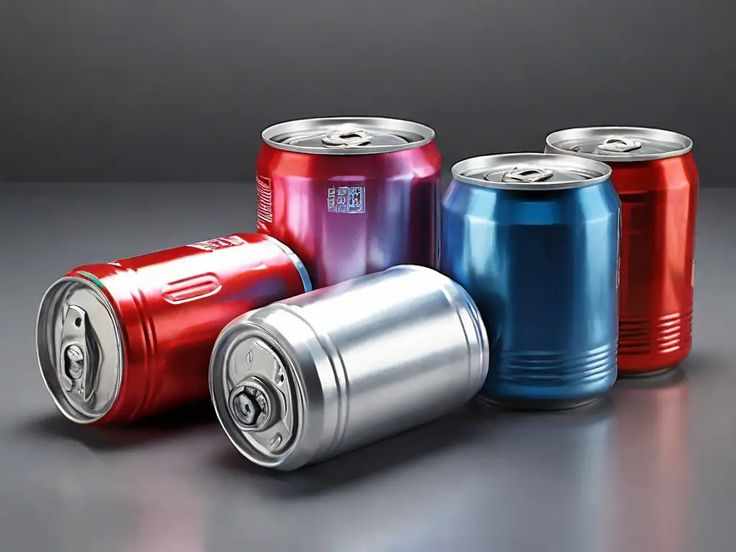
The demand for safe and clean drinking water remains unwavering, making the packaged mineral water business an attractive opportunity for aspiring entrepreneurs. With increasing urbanization, growing health awareness, and rising concerns over water quality, many individuals prefer packaged mineral water as a reliable source of hydration. But is investing in a mineral water plant a profitable venture? Let’s explore the factors influencing this business.
Market Potential
The global bottled water market has witnessed exponential growth, driven by consumer preferences for convenience and assured safety. Industry reports predict a continued surge in the demand for bottled water, particularly mineral water, in the coming years. This trend presents significant business opportunities for enterprises entering this sector.
Key Factors Influencing Profitability
Initial Investment
Setting up a mineral water plant requires substantial initial investment. This includes costs for land acquisition, machinery, and obtaining necessary licenses.
Advanced purification systems and packaging units must meet stringent regulatory and consumer standards.
Operational Costs
Ongoing expenses include utilities, raw materials (water sources, bottles, caps), labor, transportation, and maintenance.
Efficient resource management can significantly reduce operational costs.
Regulatory Compliance
Adherence to government standards for water quality, safety, and labeling is critical. Certifications such as ISO, BIS (Bureau of Indian Standards), and FSSAI (in India) are mandatory in many regions.
Ensuring compliance builds consumer trust and avoids legal complications.
Marketing and Branding
A robust marketing strategy and recognizable branding are essential in this competitive industry.
Unique selling points, such as added minerals, eco-friendly packaging, or flavored options, can differentiate your brand.
Steps to Start a Mineral Water Business
Research and Planning
Conduct thorough market research to understand demand, target audience, and competition.
Develop a comprehensive business plan covering setup costs, pricing strategies, and distribution channels.
Establishing the Plant
Select a location with access to clean water sources.
Install purification systems such as reverse osmosis (RO), UV filtration, and mineral dosing units to ensure high-quality water.
Licensing and Certification
Secure the necessary permits and certifications to comply with local regulations.
Proper documentation is crucial for building consumer trust and credibility.
Production and Packaging
Invest in automated machinery for efficient production and visually appealing packaging.
Opt for sustainable options like recyclable or biodegradable bottles to attract environmentally conscious customers.
Marketing and Distribution
Build a robust distribution network to supply retail outlets, restaurants, and online platforms.
Leverage digital marketing, social media, and local advertising to promote your brand effectively.
Profitability Analysis
Although the mineral water business demands a high initial investment, the potential returns are substantial with effective management. For instance, if the cost of producing a liter of water is $0.10 and it’s sold at $0.50, the profit margin is considerable.
Scaling operations and efficient resource management can further boost profitability. Additionally, entering premium segments like flavored or vitamin-enriched water can create new revenue streams.
Conclusion
The packaged mineral water business in 2025 offers immense profit potential, driven by the ever-increasing demand for safe and healthy drinking water. Success, however, hinges on meticulous planning, maintaining strict quality standards, and implementing effective marketing strategies. While the initial setup phase may pose challenges, the long-term rewards make it a promising venture for determined entrepreneurs.




















Write a comment ...